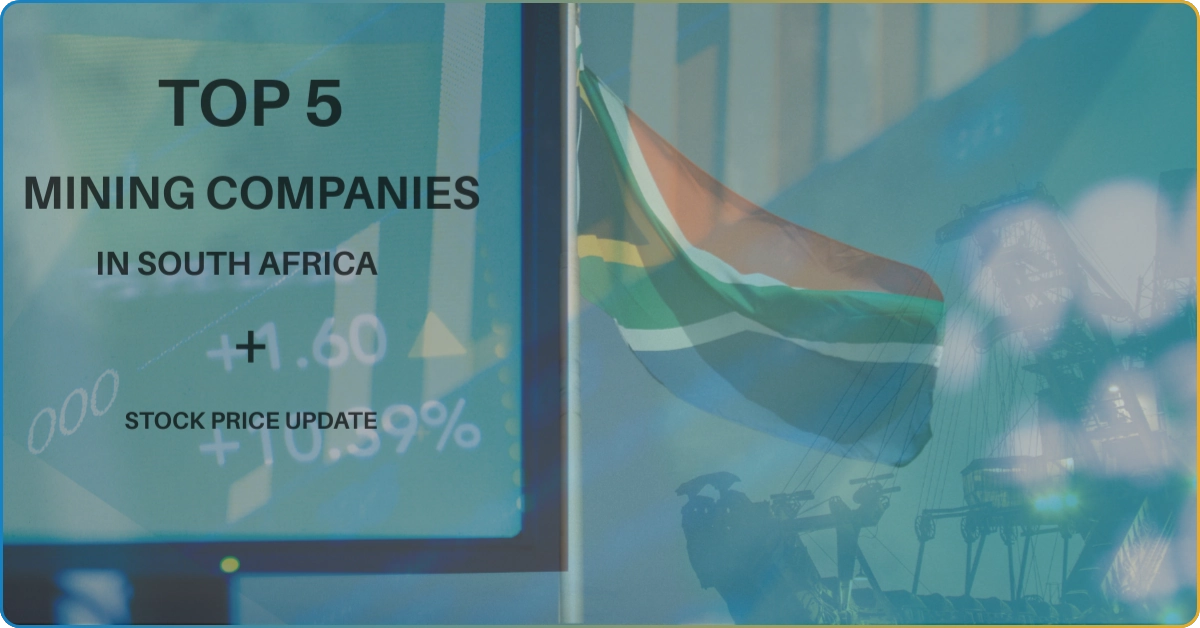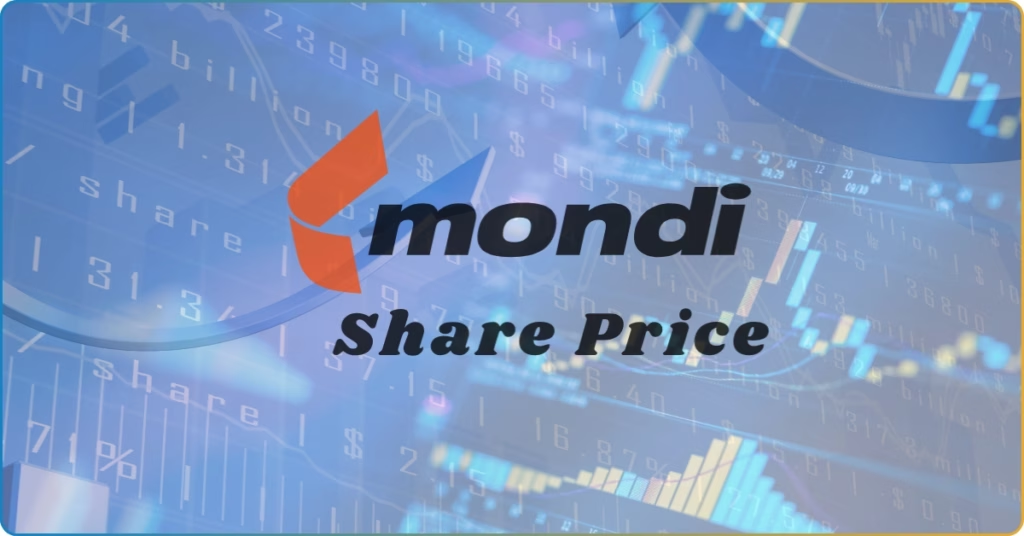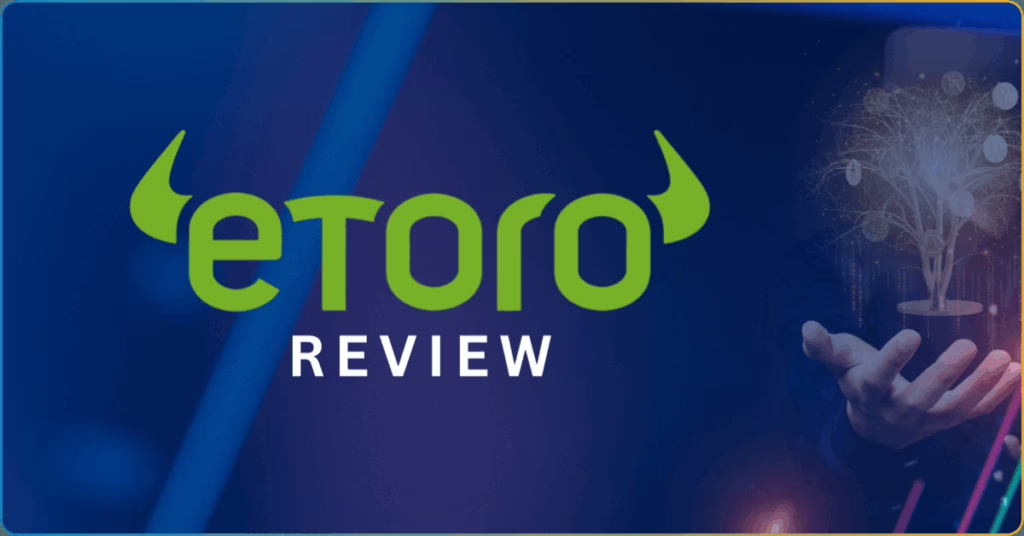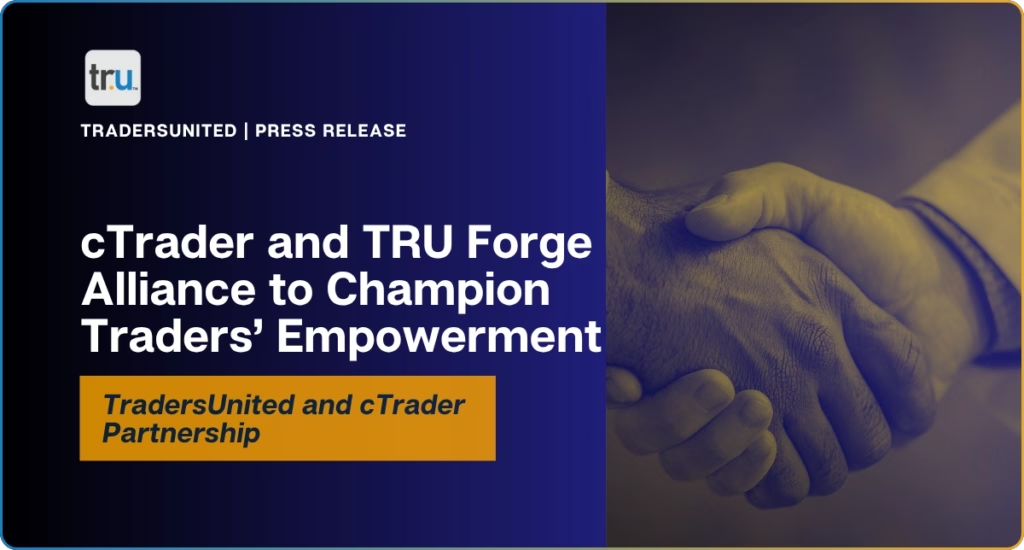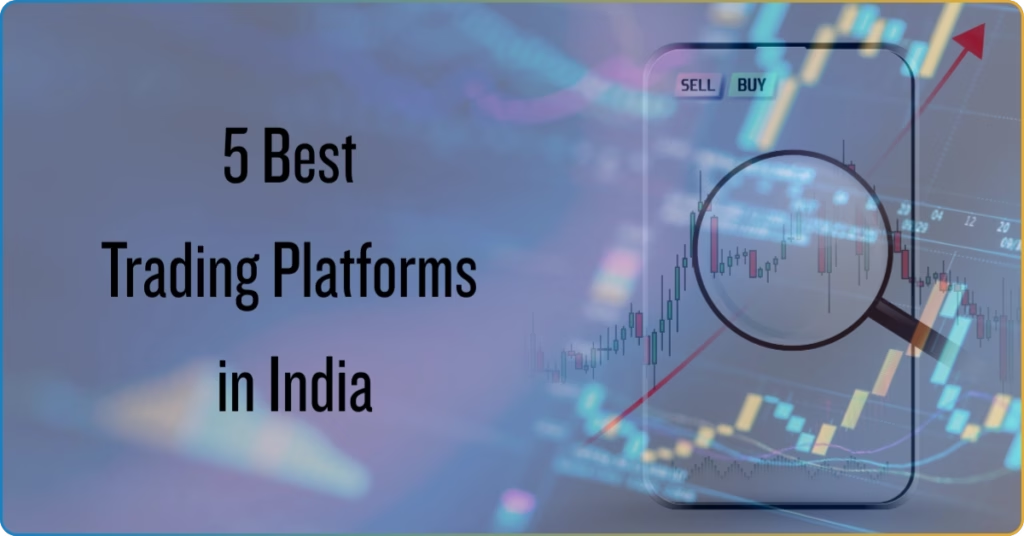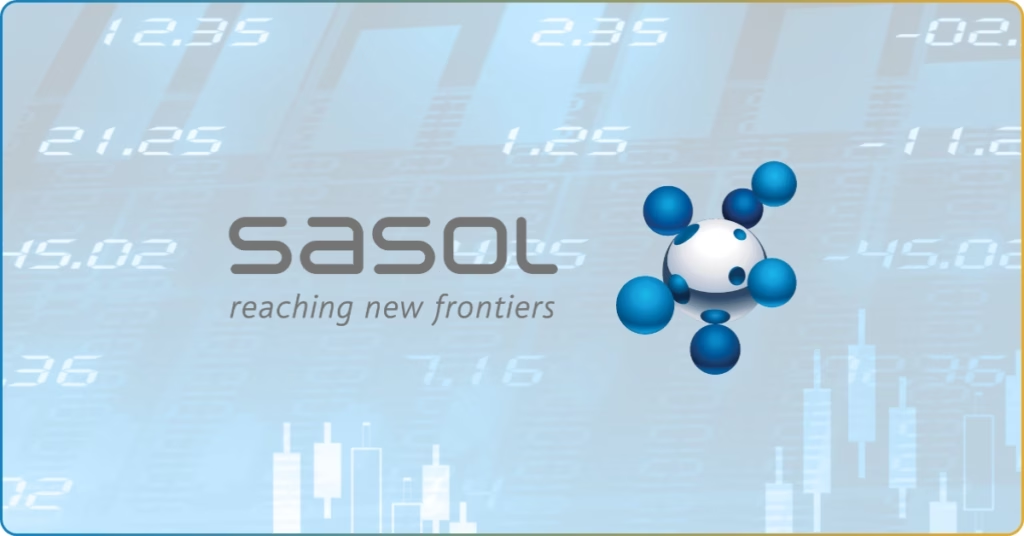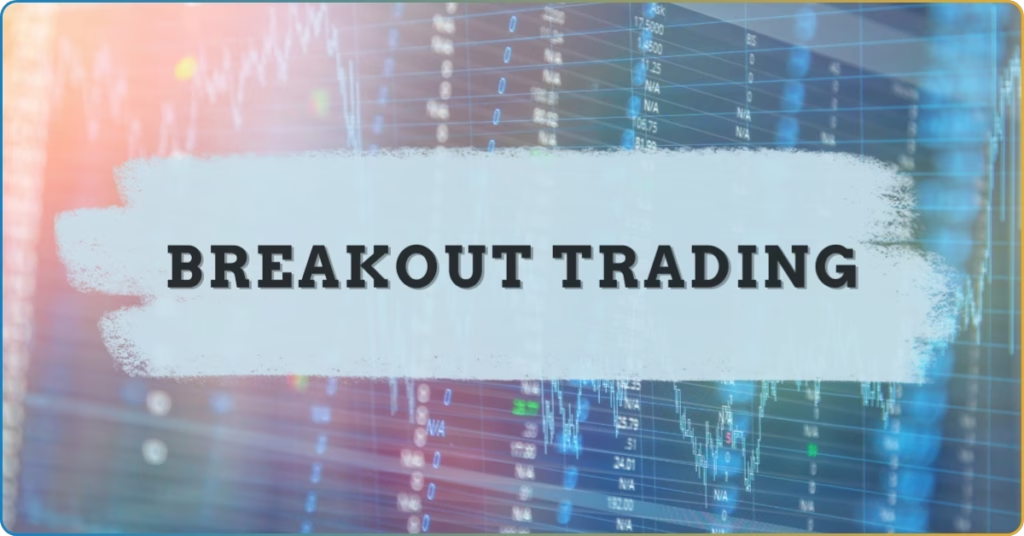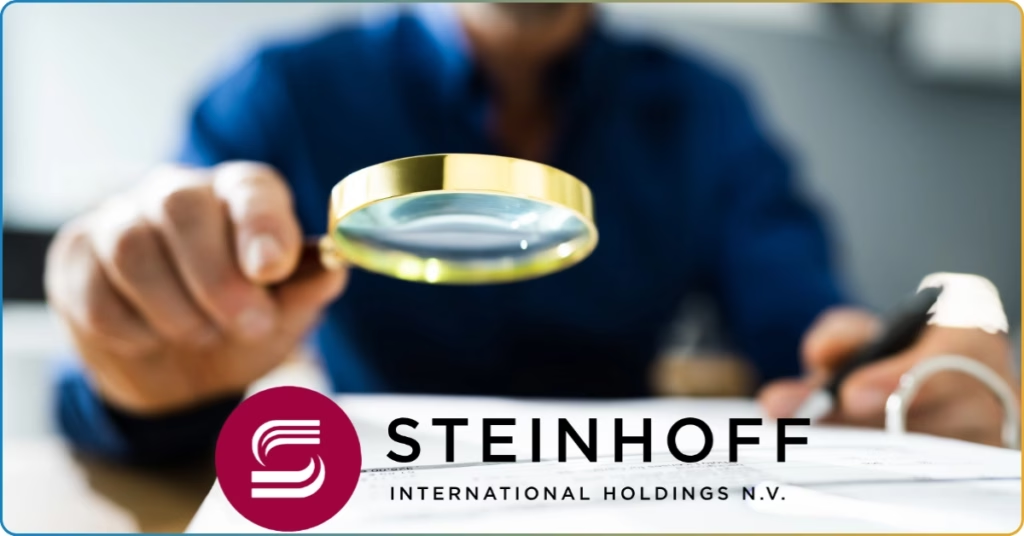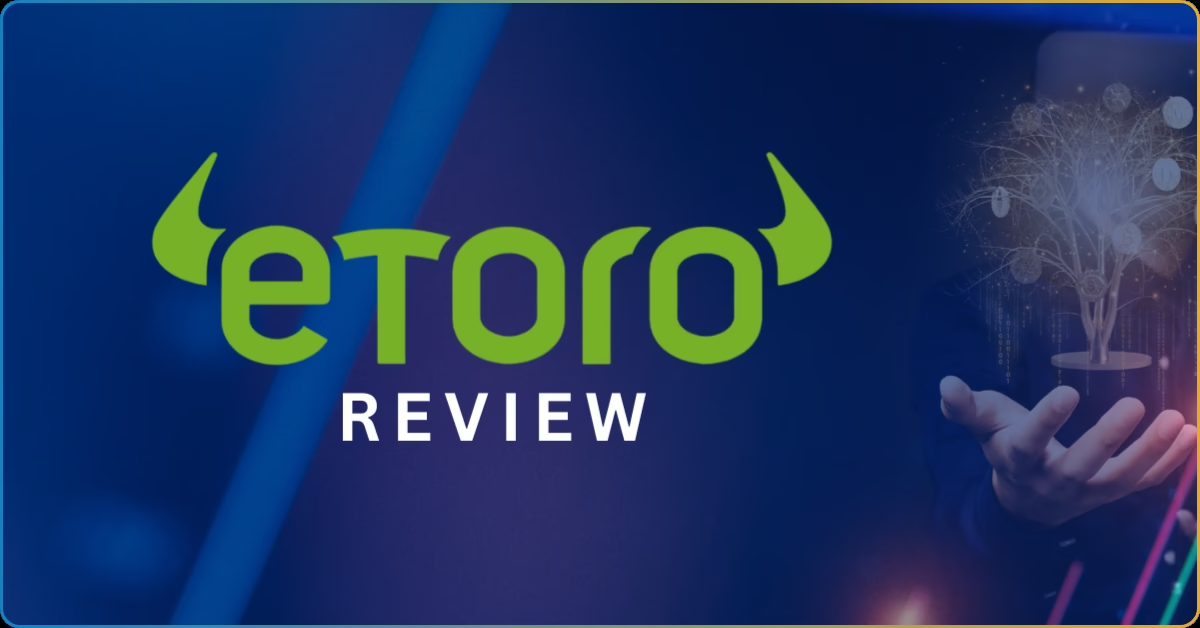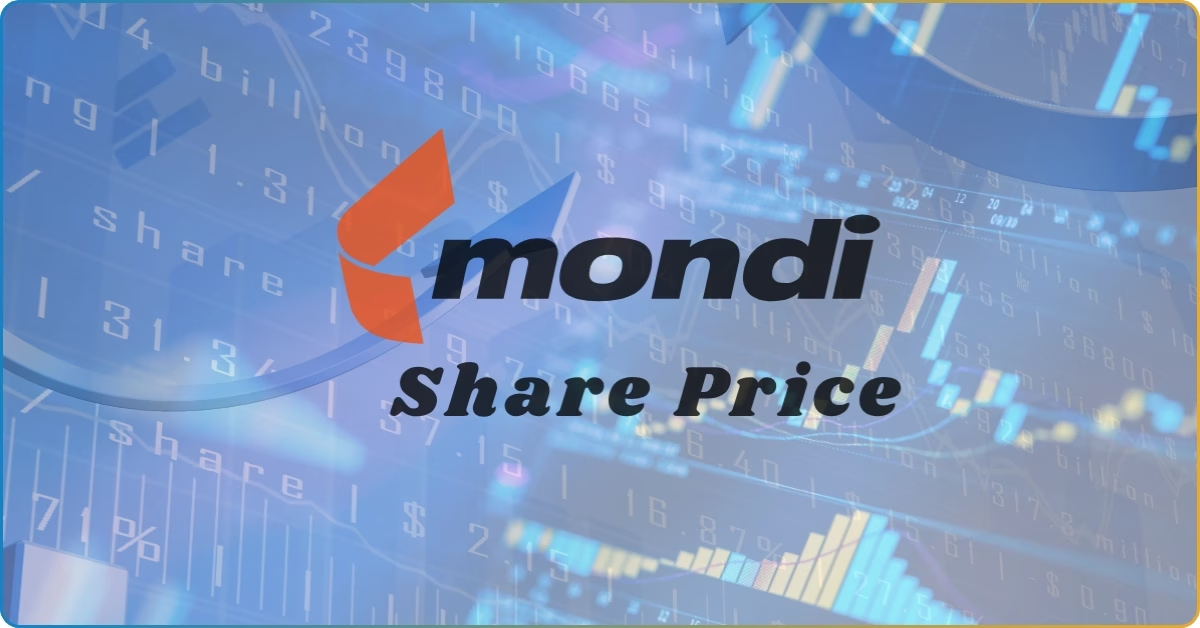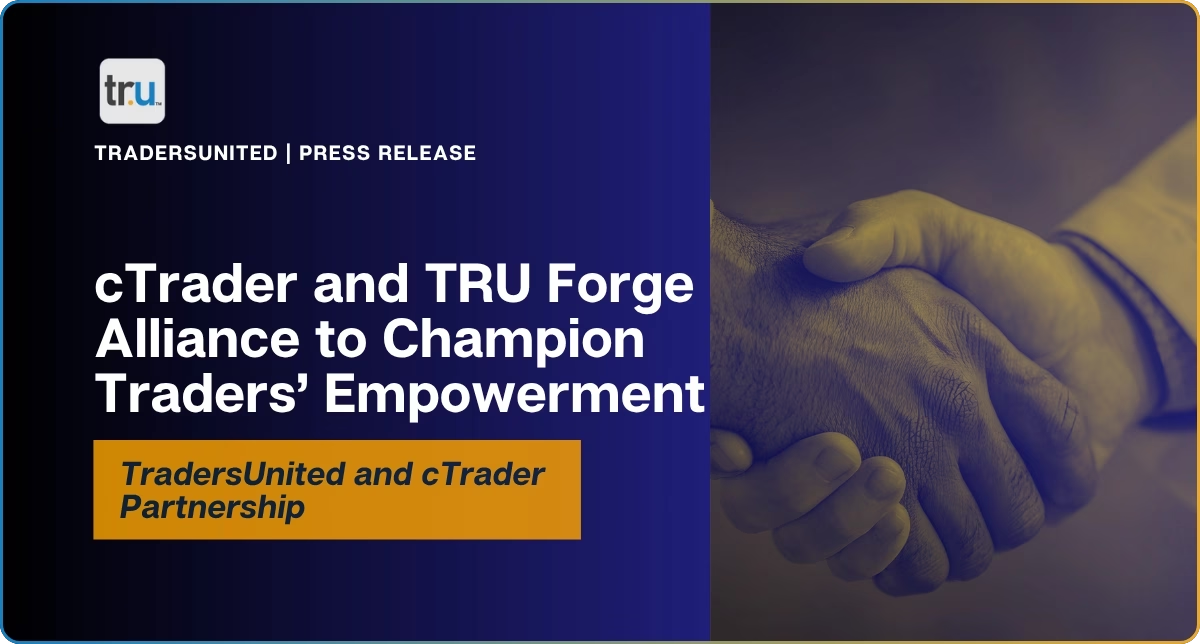Mining companies are still renowned as the main backbone of South Africa’s industrial economy. But what’s often overlooked is how their stock prices quietly shape investor sentiment, especially in a market where volatility meets opportunity.
Our analysts have been tracking the shifts. From platinum giants in Johannesburg to rising mining companies in Mpumalanga, the numbers tell a story.
This review breaks down the five most relevant mining companies in South Africa today.
In this list, we’ll have a closer look at how these companies are priced, what drives their value, and why they’re still on every investor’s radar.
Introduction to Stock Prices: What and How Does it Work?
Stock prices aren’t random. They follow a system that reflects how the market values a company at any given time.
Here’s how it works in a nutshell:
- A company issues shares to raise capital.
- Investors buy those shares, becoming partial owners.
- The price of each share is driven by supply and demand.
- Demand rises when investors believe in the company’s growth.
- Prices fall when confidence drops or earnings decline.
If you want to understand stock prices better or explore how they move across sectors, CommuniTrade is a good place to start.
It’s where verified traders access live market insights, tools, and real-time analysis.
Top 5 Mining Companies in South Africa
Our analyst reviewed the top-performing mining companies in South Africa.
Below, we break down their stock price forecasts, market cap, and other key indicators to help you understand what’s driving their value today:
1. Sibanye-Stillwater (JSE: SSW)
Sibanye Stillwater is one of the most diversified mining companies in South Africa. It operates across gold, platinum group metals (PGMs), and battery metals. These assets encompass a wide range, not only in South Africa but also in the United States and Europe.
Despite the recent volatility, Sibanye remains a key player in the mining companies in Johannesburg. Its expansion into battery metals also positions it well for future demand in clean energy.
| 52-Week Range | ZAR 1.5550 – ZAR 1.7350 |
| Market Cap | ZAR 92.39 Billion |
| Dividend Yield | Approximately 6% |
| P/E Ratio | -14.24 |
| Volume | 24.4 Million |
The dividend yield stands out as a reliable income source for investors. Its negative P/E ratio signals current losses, but the high trading volume shows the market still sees potential.
The ZAR 92.39 billion market cap confirms its heavyweight status in South Africa’s mining sector. Price stability within its 52-week Range adds a layer of confidence for cautious investors.
Read more: 2025 UPDATE: Sibanye Stillwater Share Price Today
2. Impala Platinum Holding Ltd (JSE: IMP)
Impala Platinum, also known as Implats, is one of the largest platinum producers in South Africa. It operates several mines across the Bushveld Complex and has a growing international footprint.
Despite a forecasted drop in earnings, our specialists still see Implats as a key player among mining companies in South Africa due to its asset depth and long-term reserves.
| 52-Week Range | ZAR 87.12 – ZAR 191.41 |
| Market Cap | ZAR 145.14 Billion |
| Dividend Yield | 0.00 % |
| P/E Ratio | 187.98 |
| Volume | 6 Million |
Impala’s 0.00% dividend yield means it currently offers no income return, which may concern income-focused investors. However, its high P/E ratio of 187.98 reflects strong market expectations despite forecasted earnings pressure.
The ZAR 145.14 billion market cap confirms its scale and influence in the platinum sector. Its wide 52-week Range shows price volatility, which can signal both risk and opportunity depending on investor strategy.
Read more: What is the Impala Platinum Share Price 2025
3. Harmony Gold Mining Company (JSE: HAR)
Harmony Gold is South Africa’s largest gold producer by volume. It operates both underground and surface mines, with strategic expansions into Papua New Guinea and Australia.
Harmony’s focus on high-grade assets like Mponeng and Moab Khotsong has helped stabilize its output. Its global footprint and strong gold price environment continue to support its valuation in 2025.
| 52-Week Range | ZAR 14,682 – ZAR 36,090 |
| Market Cap | ZAR 142,77 Billion |
| Dividend Yield | 1.26 % |
| P/E Ratio | 10.03 |
| Volume | 5.8 Million |
Harmony’s 1.26% dividend yield offers modest income, supported by a stable P/E ratio of 10.03 that reflects consistent earnings. Its market cap of ZAR 142.77 billion reinforces its position as South Africa’s leading gold producer.
The wide 52-week Range shows price movement tied to global gold trends. With 5.8 million in trading volume, investor interest remains strong despite market fluctuations.
Read more: A Quick Guide to the Harmony Gold Share Price 2025
4. African Rainbow Minerals (JSE: ARI)
African Rainbow Minerals (ARM) is a diversified mining company with interests in platinum group metals, iron ore, manganese, and coal.
It’s one of the few black-owned mining companies in South Africa, with operations spread across Mpumalanga and the Northern Cape.
ARM’s strong balance sheet and strategic partnerships, including its joint venture with Harmony Gold.
Its diversified portfolio helps to hedge against commodity-specific downturns, making it a stable pick in a volatile sector.
| 52-Week Range | ZAR 11,1507 – ZAR 20,349 |
| Market Cap | ZAR 35.39 Billion |
| Dividend Yield | 7.41% |
| P/E Ratio | 10.67 |
| Volume | 214,773 |
ARM’s 7.41% dividend yield makes it one of the most rewarding picks for income investors in the mining sector. Its P/E ratio of 10.67 reflects stable earnings, backed by a diversified portfolio across multiple commodities.
The ZAR 35.39 billion market cap shows solid positioning, while the moderate volume suggests steady investor interest. Its wide 52-week Range highlights price movement, typical of a company exposed to varied resource markets.
Read more: 2025 UPDATE: African Rainbow Minerals Share Price Today
5. Northam Platinum Holdings Ltd. (JSE: NPH)
Northam Platinum is a mid-tier platinum producer operating in the Bushveld Complex. It owns and manages the Zondereinde, Booysendal, and Eland mines, with a growing presence in recycling and downstream refining.
The company has also expanded its sales footprint across Europe, Japan, and China.
Northam’s strategic investments and production growth have helped it maintain a competitive edge. Despite profit pressure, its long-life assets and diversified revenue streams offer resilience in a volatile market.
| 52-Week Range | ZAR 8887 – ZAR 23,057 |
| Market Cap | ZAR 80.5 Billion |
| Dividend Yield | ZAR 4 |
| P/E Ratio | 2.72 |
| Volume | 1.0 Million |
Northam’s dividend payout of ZAR 4 per share offers modest income, while its low P/E ratio of 2.72 suggests undervaluation or cautious investor sentiment.
Despite profit pressure, its ZAR 80.5 billion market cap reflects solid positioning in the platinum sector.
The wide 52-week Range signals price volatility, typical of mid-tier producers navigating global demand shifts.
Read more: 2025 UPDATE: Is the Platinum Price in South Africa Surging?
Frequently Asked Questions (FAQs)
How to calculate the stock price?
A stock price is calculated by dividing a company’s market capitalization by its total number of outstanding shares.
Several factors, like news, investor sentiment, and economic trends, can also influence price fluctuations.
How to invest in gold mining companies?
You can invest in gold mining companies through stock exchanges like the Johannesburg Stock Exchange (JSE), or via exchange-traded funds (ETFs) and mutual funds that focus on mining.
It’s important to research the company’s financial health, production capacity, and how gold price trends affect its profitability.
How to start a gold mining company in South Africa?
Starting a gold mining company in South Africa requires obtaining mining rights and licenses from the Department of Mineral Resources and Energy (DMRE).
You’ll need significant capital, conduct geological surveys, and comply with environmental and labor regulations.
2025 Outlook: Is Investing in Mining Stocks Still Worth It?
Mining stocks continue to offer a mix of opportunity and caution. For long-term investors, companies like Harmony and ARM show strong fundamentals and diversified portfolios.
Meanwhile, conservative investors might lean toward stable producers with consistent earnings, especially those with exposure to gold and iron ore. The key is knowing your risk appetite and aligning it with the company’s operational strength.
For those looking to sharpen their edge, CommuniTrade offers more than just market access. It’s a space where verified traders engage in credible discussions, backed by real-time insights and educational tools.

